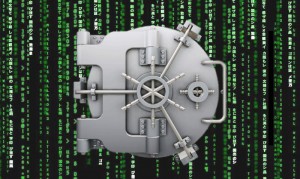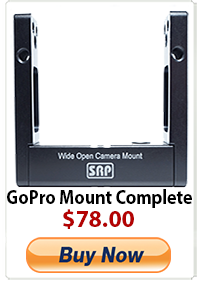Time Capsule
I talk a lot with companies and individuals about what to do with footage after its shot. This issue has been a problem for many and is nothing new but as we become more and more reliant on digital media for acquisition and storage the issue becomes more and more pressing. Yes codecs are more efficient than ever but with that we are increasing data rates, resolution, etc. On the post end we are not only saving master copies but also variations of edits. The cloud is simply not a reliable place to put any important data and is relatively unproven in all regards. Data centers with redundant servers are expensive and because they are out of the hands of client control and in the hands of IT it automatically makes your data vulnerable to business practices and said staff.
In house productions with companies and individuals usually rely on individual drives, RAIDS, shared storage solutions, tape backups, etc. Many put copies of their final project onto mobile drives or shelved hard drives as standard practice due to costs. Others do the same but with copies of their masters or clones of the original camera files (MXF, R3D, etc). Some will do both. The problem however is that this is not really archiving. As we all know and have experienced in person, is that mobile hard drives fail. After approx a year and a half they fail to spin up, the read/write head parks on the disk (causing a clicking sound) or the drives power supply fails during a read/write preventing the disk from working. Spinning disks are just not a safe method to keep footage stored for long term use. Blu-Ray and DVD disks de-laminate and cannot be relied upon either. Even when written as data rather than video. 35mm negative is a great archive medium, but film stock is ceasing production from most manufactures and unless stored properly, the film can deteriorate and is highly flammable. LTO tape is a great storage medium but only if you have a way to access the data in the future. Any videotape format is also a rough bet because there is usually compression involved and most video formats of the past decade are digital not analog.
Archiving is tough, but it can be right with any of the formats mentioned as long as you do something that most forget. We all seem to understand how Moores Law affects camera technology etc, but seem to miss the point on archive. Because technology changes so fast we cannot guarantee the integrity of the playback or export mechanisms in place. Proprietary formats and files structures are often the major cause of problems for archives. The other is hardware to playback and transfer the footage. You cannot simple assume that because you have all your footage on a video tape or disk that you can retrieve it down the line. You also cannot assume that because you have all that footage stored that you can convert it into the current format of the day.
There is a solution to the problem of proper archive although it can be costly. The cost is worth it and probably the only way to recover and retrieve what was archived. If you choose an archive format you must think of all corresponding equipment that goes along with it. Example: If you archive onto LTO-5 tape, it would only make sense that you not only store the tape cartridges but also an LTO-5 tape drive and whatever type of computer with software required to read it and most importantly export it. Without an interface for your archive method you simple have a tape, disk, etc with now way to use it down the line. Storing a bunch of Avid AVR77 files back in 1997 is a good example. Unless you have a really old Avid system that is working, there is not much you can do with those files. Solution, take the entire Avid solution at the time of vaulting and include it with the storage media and whatever backups you can do. An example today would be to take your Avid DNXHD files on LTO, store it with a LTO drive and a laptop with Avid software on it and probably a multiformat card reader.
Whatever the format you choose to archive to, it just makes sense to make multiple backups to as many formats as possible. If you can, vault all of it with the appropriate playback devices and a computer that can be offlined and stored with it. This is the only way to do archiving the right way and the way that movie studios who are progressive and ensuring they have access to past projects.
This is your art. Choose what and how you will ensure its future. If it is important enough, you will find the steps needed to pull it down the line are worth every penny.
Mike Sutton
Follow me on Twitter: MNS1974









